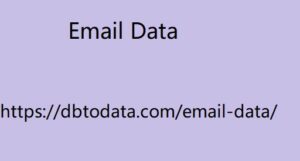|
|
本帖最後由 afsanamaya2024@ 於 14:43 編輯
How to use structured data on your articles? Meanwhile, you should know that, in the specific case of blog posts, Google uses two different display modes: one for AMP pages and another for non-AMP pages. Quick review of what AMP pages are , in case you don't remember: they are super-fast pages optimized for browsing from smartphones (in fact AMP is the acronym for "Accelerated Mobile Pages").
Given that AMP pages are particularly Email Data suitable for quickly using content, Google tends to prefer these pages, giving them more space in terms of visibility, at least at the time I'm writing. Let's see some examples. structured data on AMP pages View by AMP page As you can see with your own eyes, in the case of AMP pages , structured data manifests itself as “Rich Cards” with a series of elements: an interactive carousel, a featured title and a lightning bolt icon placed there to declare that the page is AMP . structured data non-AMP pages Page view NOT AMP What happens in the case of non-AMP pages with structured data is very different.

As you can see here the contents are more highlighted than a normal presence in SERP , but the preview is less rich and with a decidedly inferior user experience. Would you like to implement all this on your site? Well, know that - as declared by Google - for non-video contents it is possible to refer to the schemes: Articles , News Articles and Blog-type Posts . If you have mastered the HTML language it will not be difficult for you to use microformats to implement structured data on your site or blog.
|
|